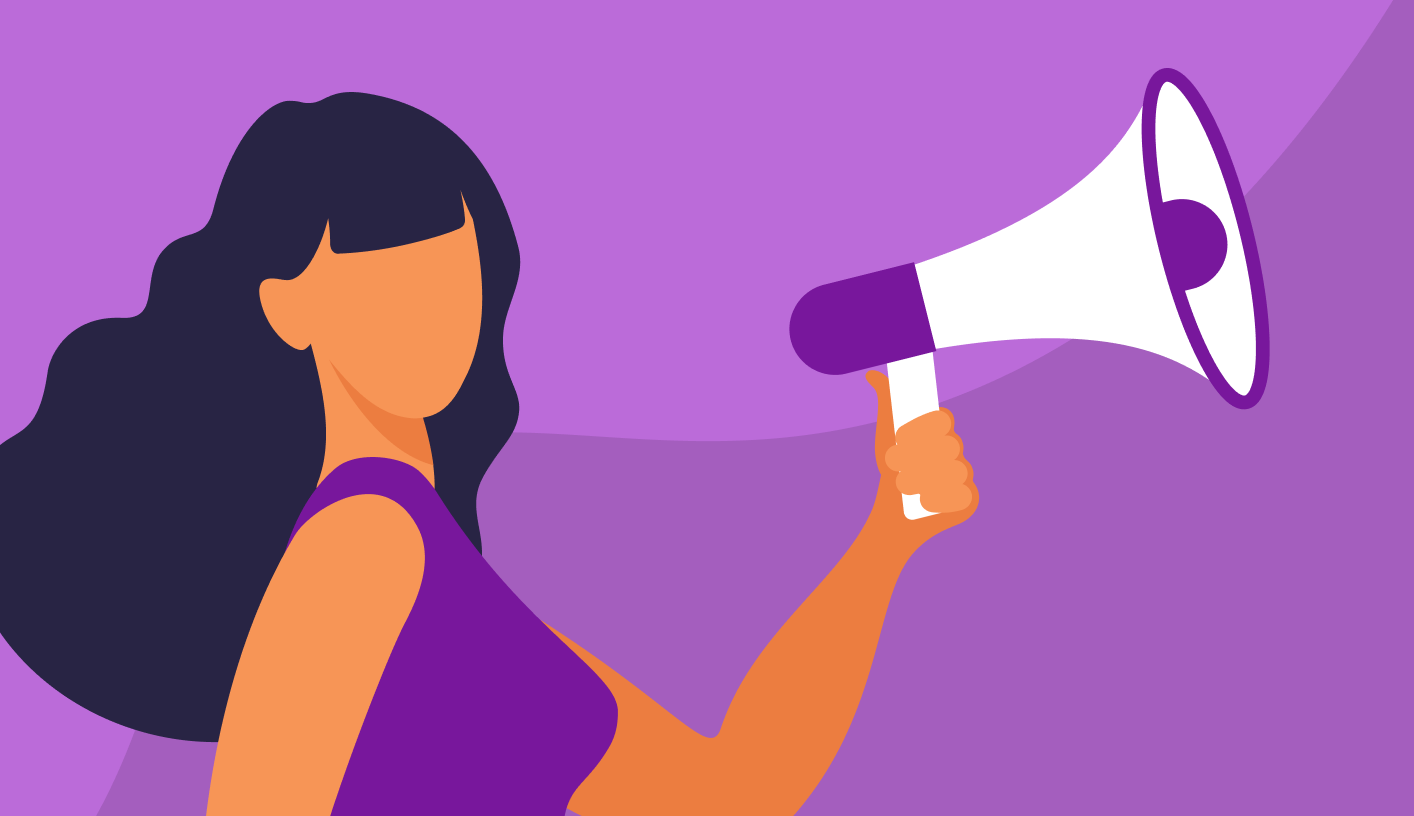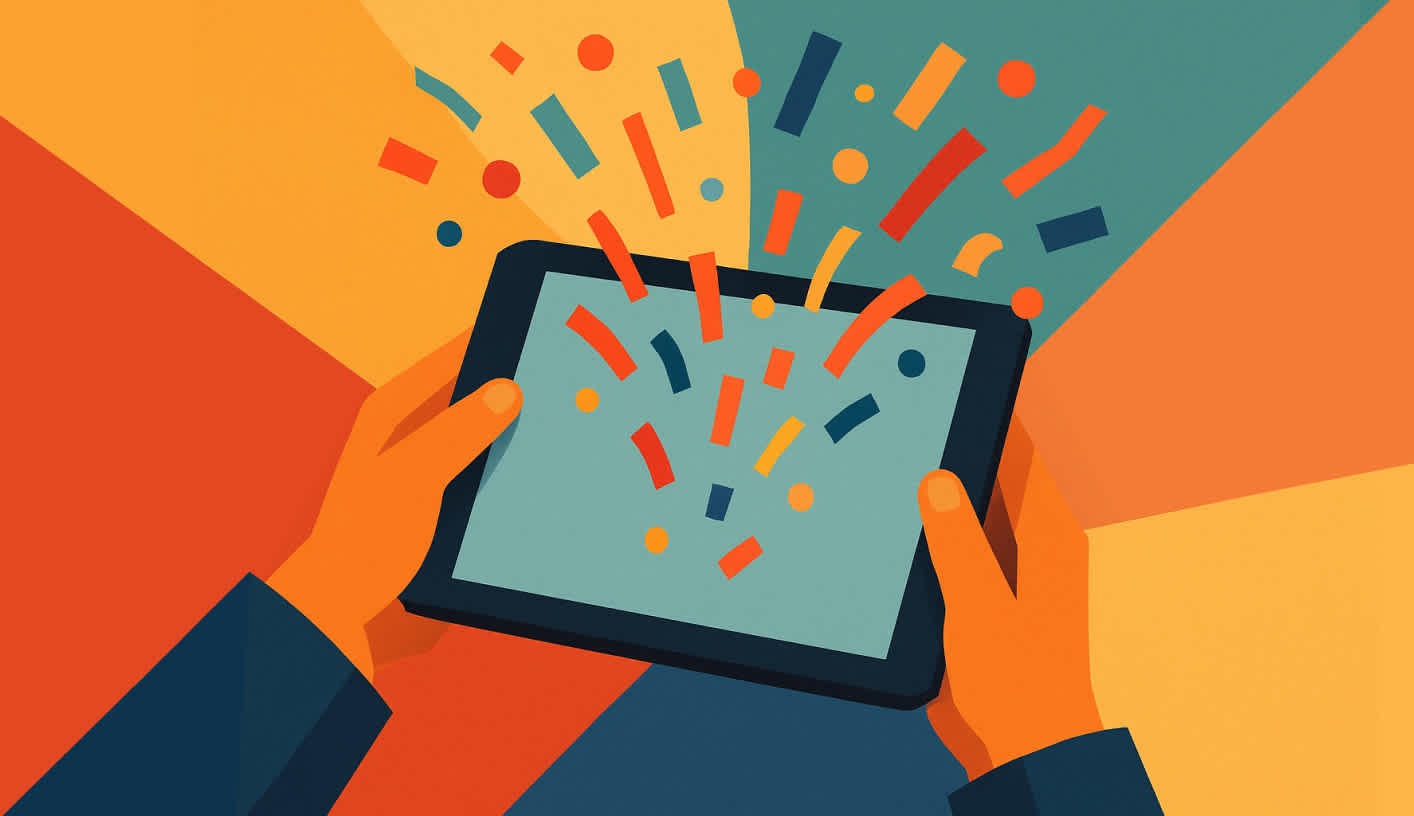The First 30 Days: Crafting a Winning Onboarding Email Sequence

The first 30 days can make or break user adoption. Nail onboarding to keep users hooked.
An alarming 1 in 4 users ditch an app after just one use, illustrating how—at least for some users—getting started with a new product can be confusing, overwhelming or outright frustrating.

Fortunately, onboarding emails can help guide customers to find value quickly, reduce frustration and showcase key benefits from the get-go, slashing churn and boosting retention.
This post provides a framework for crafting effective onboarding email sequences that drive product adoption, improve customer satisfaction and help grow your business.
But first...
What exactly is an onboarding email sequence?
If you're not familiar, an onboarding email sequence is a series of around 3-7 emails sent over 1-2 weeks that supports new users, helping them find their “aha” moment. It’s your chance to spark engagement, drive adoption and boost retention—especially during a free trial period.
Why onboarding matters for subscription businesses
Onboarding email sequences are a powerful tool for subscription-based businesses, delivering measurable benefits. These include:
Driving user engagement and customer retention – If customers don't see immediate value, they’re prone to churn. Onboarding emails that showcase high-impact features and benefits can reduce time-to-value, which translates to stronger early engagement and long-term retention.
Building trust and brand loyalty – By offering a warm welcome, transparency and community building, onboarding emails foster long-term relationships, built on the foundation of trust.
Creating opportunities for upselling and cross-selling – Onboarding is a prime opportunity to introduce customers to premium features, add-ons or related products, increasing customer lifetime value.
Collecting customer feedback – Early feedback helps you refine your product, improve onboarding and address customer pain points, which is especially critical for subscription-based businesses.
Reinforcing brand differentiation – In crowded markets, a strong onboarding experience can set your brand apart and reinforce your unique value prop.

Principles of effective onboarding
We’ve all seen our fair share of useless onboarding emails. To avoid being just more noise in your customers’ already noisy inboxes, follow these onboarding email tips.
Nail the welcome
Did you know welcome emails have upwards of a 64% open rate? New users are excited and happy to engage, so don’t waste this opportunity!
Now’s the time to lay a solid foundation. By providing real value, and perhaps some fun, you not only drive product adoption but make it more likely your future emails will be read.
Know your audience
The goal of onboarding is to help users achieve their goals. To do so you’ll need to think like your users. What are their pain points? What steps do they need to take to achieve success? Remember, it’s not about what you want, but how you can help your customers maximize the value they get from your product.

Tip: If your product serves different types of users, a poll during your signup or in-app onboarding flows can help you segment based on factors like industry, company size, feature needs and demographics.
Provide genuine value
Want to know the secret to increasing user engagement with your content? Make your emails worth reading!
Providing value stems from knowing your audience, as mentioned above, and delivering help at the right moment. By tracking the actions users take in your app, you can tailor content to their current milestone in the user journey and anticipate the challenges they’re likely facing right now.
That’s really what we mean when we extol the virtues of personalization. Information that solves a user’s problem, delivered at the moment they need it.
Set a clear objective
What’s the overall goal of your onboarding sequence? For a SaaS product, that might be free trial conversions. A clearly defined goal will focus your efforts, guide copywriting and help you track the effectiveness of your sequence over time. More on this below.

Leverage social proof
Showing how others have gotten value from your product helps build trust, validates a user’s decision to sign up and encourages engagement.
Social proof comes in many forms:
User testimonials and case studies
Metrics such as the number of users on your platform, money saved for clients, etc
Recognizable customeres or logos
Ratings and awards, e.g. “5 stars on G2”

Don’t outwear your welcome
New users start with enthusiasm, but if your content hits the wrong note, it can become obnoxious and irritating.
Don’t overwhelm your customers with too many emails, overly complex information or generic messaging that fails to align with the recipient’s current stage in the user journey.
But you knew that already, right?
How to design an onboarding email sequence
Now down to the real business, designing an email sequence that works for you. Follow these steps to get started.
1. Clarify your goal
Choosing a primary objective for your onboarding sequence provides focus, helps align content with user needs, and drives measurable outcomes.
What are you trying to achieve with your onboarding? Some example goals include:
Complete setup – Ensure users fully set up their account (e.g. connect integrations or invite team members).
Achieve the”aha” moment – Guide users to perform a key action that demonstrates the product’s core value.
Feature adoption – Introduce users to specific features that enhance their experience or solve their pain.
Conversion – Encourage free or trial users to upgrade to a paid plan.
Community engagement – Invite users to join a community, such as a Slack channel, to learn from other users and build relationships around your product.
Habit formation – Foster regular use of the product to build a habit.Prompt users to fully set up their account.
Ideally you’d pick a single metric, e.g. conversion rate, which you can track over time and through different experiments and iterations. See more below on the topic of A/B testing.
2. Map the user journey
Start with your ideal customer profile (ICP) and ask yourself, what’s the primary goal your customer wants to achieve with your product?

From there, identify key milestones in the user’s journey, such as signing up, completing onboarding tasks or achieving a “success moment” (e.g., sending their first campaign in a marketing tool). Where’s the most friction in this process? Design your emails to address these rough spots, offering ready-made resources or access to individual support (e.g. a Calendly link).
3. Lay out the sequence structure
Plan a series of 3-7 emails, with the first email to be sent immediately after signup. Space subsequent emails based on user behavior (e.g. send the second email only if they haven’t completed setup).
Clarify the purpose of each email in the sequence. Common goals include helping users understand key features, encouraging them to complete their profile, explore core features or upgrade to a paid plan.
Focus each email on a single topic, with a single CTA.
4. Write compelling content
If you were a customer, what would you want to see in an email? Here are some general principles for writing compelling email content:
Focus on benefits, not features – Highlight how the product solves the user’s problem, not just what it does. Instead of “We have Kanban boards,” say “Organize your tasks visually to stay on top of deadlines.”
Be conversational – Write as if you’re speaking to a friend—warm, approachable and human. Match your brand voice, and don’t be afraid to be fun.
Personalization is key – Use the user’s name, company or industry to make emails feel tailored.
Keep it concise and scannable – Use short paragraphs and bullet points to ensure readability, especially on mobile. Emphasize key points with bold text, buttons or spacing, but avoid heavy images to ensure email deliverability.
Use catchy subject lines – Aim for compelling, action-driven subject lines. Make them specific, highlight benefits and create urgency.
5. Test and iterate
Consider your first onboarding sequence as a work in progress. Utilize A/B tests to improve subject lines, body copy, CTAs and timing, optimizing for open rate and CTR.
Monitor metrics like open rates, click rates, spam reports, opt-outs and conversion rates to refine the sequence.
Example sequence
Here’s a sample 5-email onboarding sequence:
Purpose | Content | Timing | |
1. Welcome | Build trust, confirm signup | Warm greeting, value prop, help links | Day 1 |
2. Education | Drive activation | Key feature benefits, quick tips | Day 3 |
3. Overcome Obstacles | Address pain points | FAQs, support access | Day 5 |
4. Community | Deepen connection | Invite to Slack or social media | Day 7 |
5. Milestone | Celebrate, upsell | Acknowledge achievements, suggest upgrades | Day 10 |
Conclusion
A stellar onboarding email sequence can transform new users into loyal fans in under 30 days. By delivering personalized value and guiding users to their “aha” moment, you’ll slash churn and boost retention.
Ready to craft your sequence? Start mapping your user journey today and watch your subscription business thrive.


